
Bouncing Zoo Babies of 2012
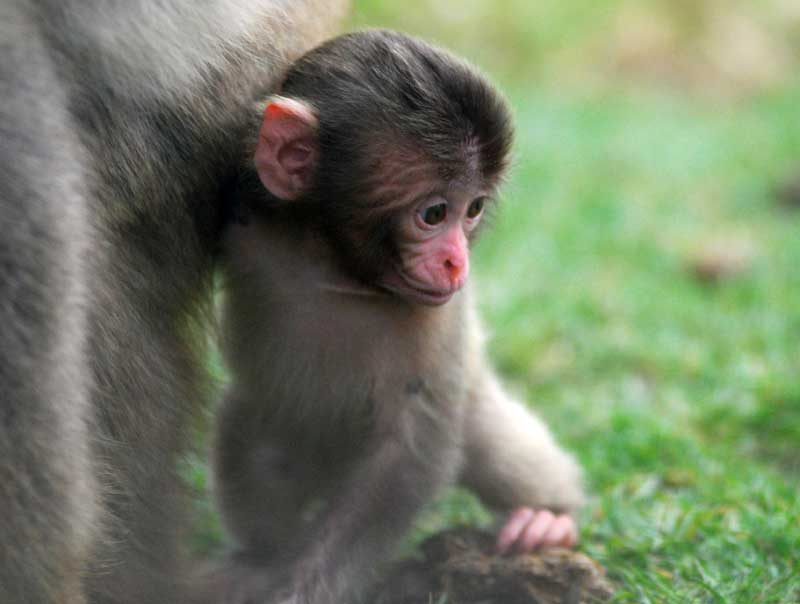
Bundles of Joy
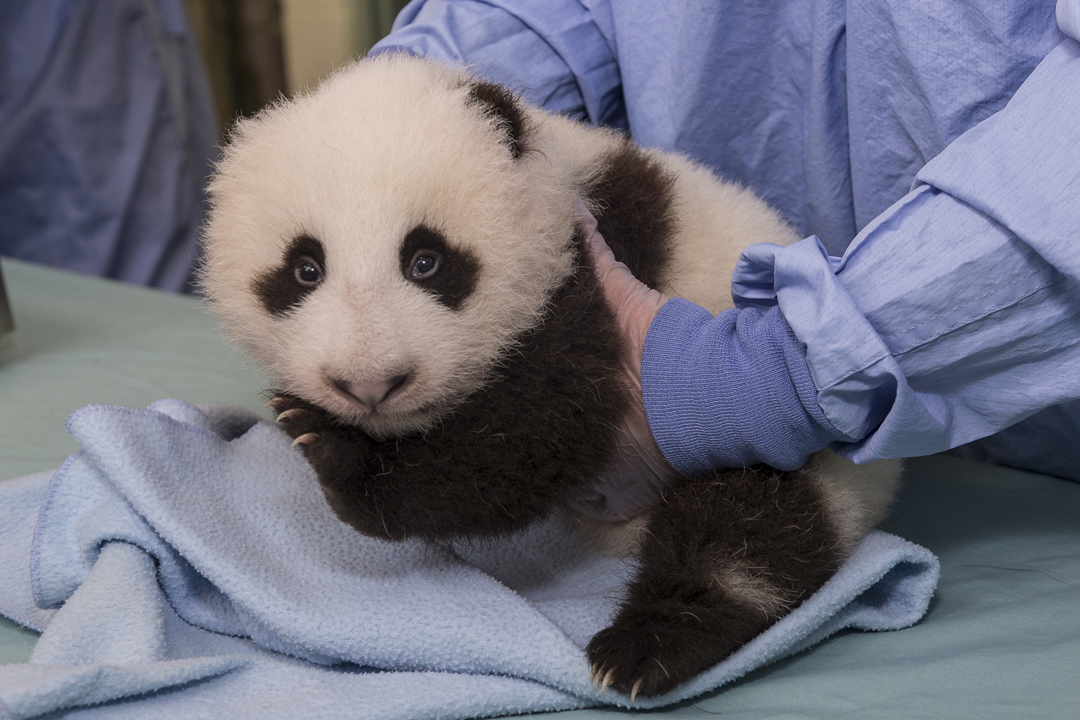
Zoos around the world help to breed animals to keep species thriving all those little panda cubs, porcupettes and elephant calves also provide plenty of "awww"-worthy moments.
Here, OurAmazingPlanet takes a look back at the zoo babies born in 2012, with one little bundle of joy for each calendar month.
January Maned wolf pups
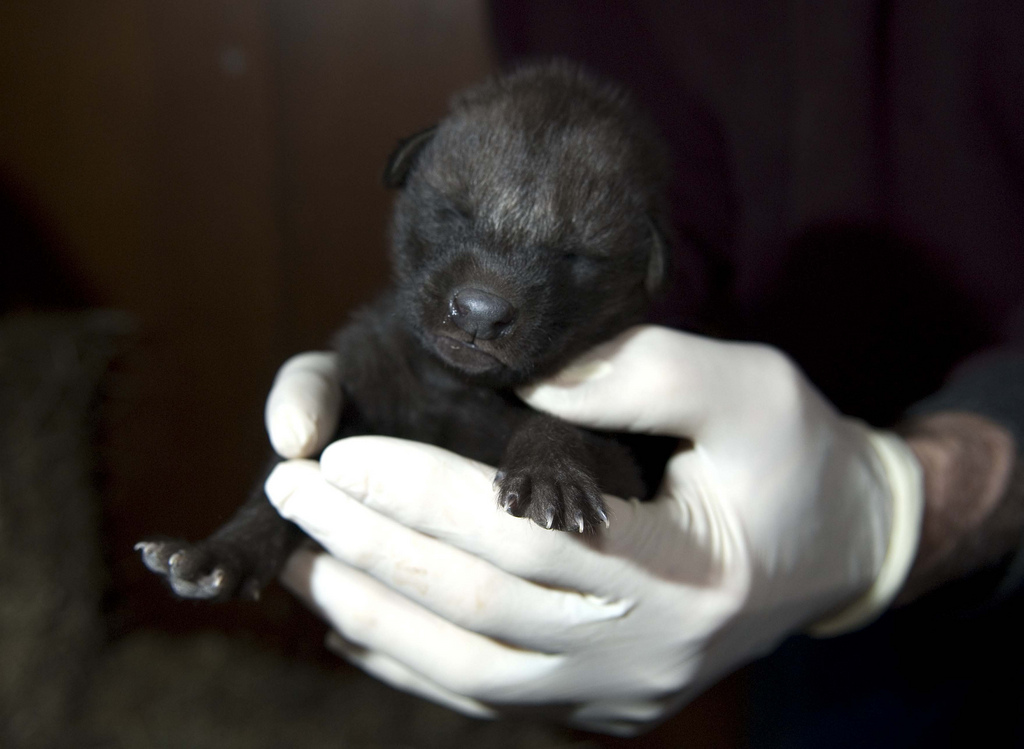
A litter of four fuzzy pups from this endangered species was born to mom Salina on Jan. 5 at the Smithsonian Conservation Biology Institute (SCBI) in Front Royal, Va. The species is native to South America and is listed as "near threatened" by the International Union for Conservation of Nature due to human activities that are eating up their habitat. The pups were born as part of a conservation effort to ensure the species has a future.
February Vicuña
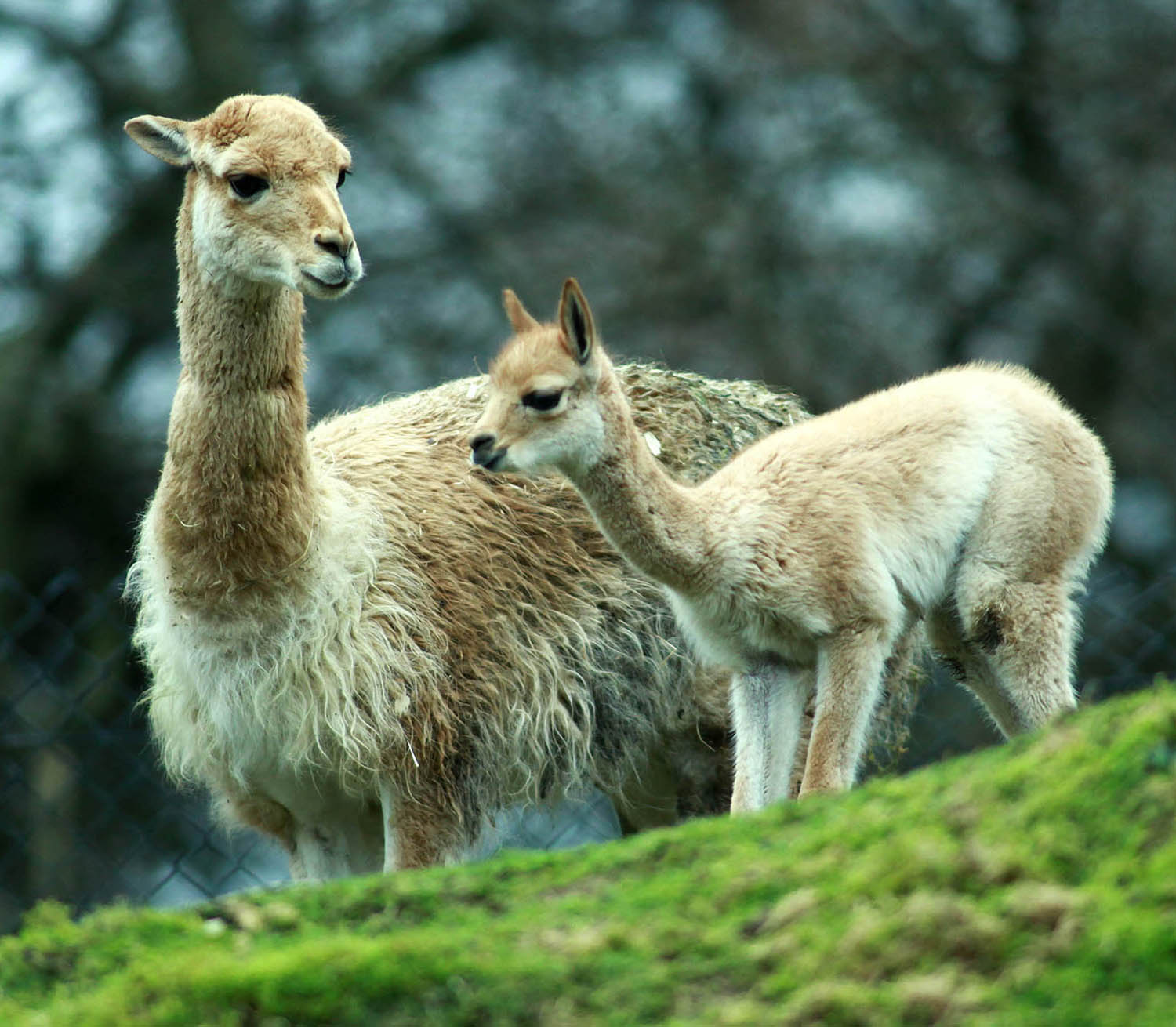
Northern Ireland's Belfast Zoo welcomed little Georgie, the baby vicuña, on Feb. 6. These creatures are the smallest members of the camel family and hail from the mountainous regions of Argentina, Bolivia, Chile and Peru. Once nearly hunted to the brink of extinction, national parks and trade restrictions in their native lands have help the species recover.
March Chimpanzee
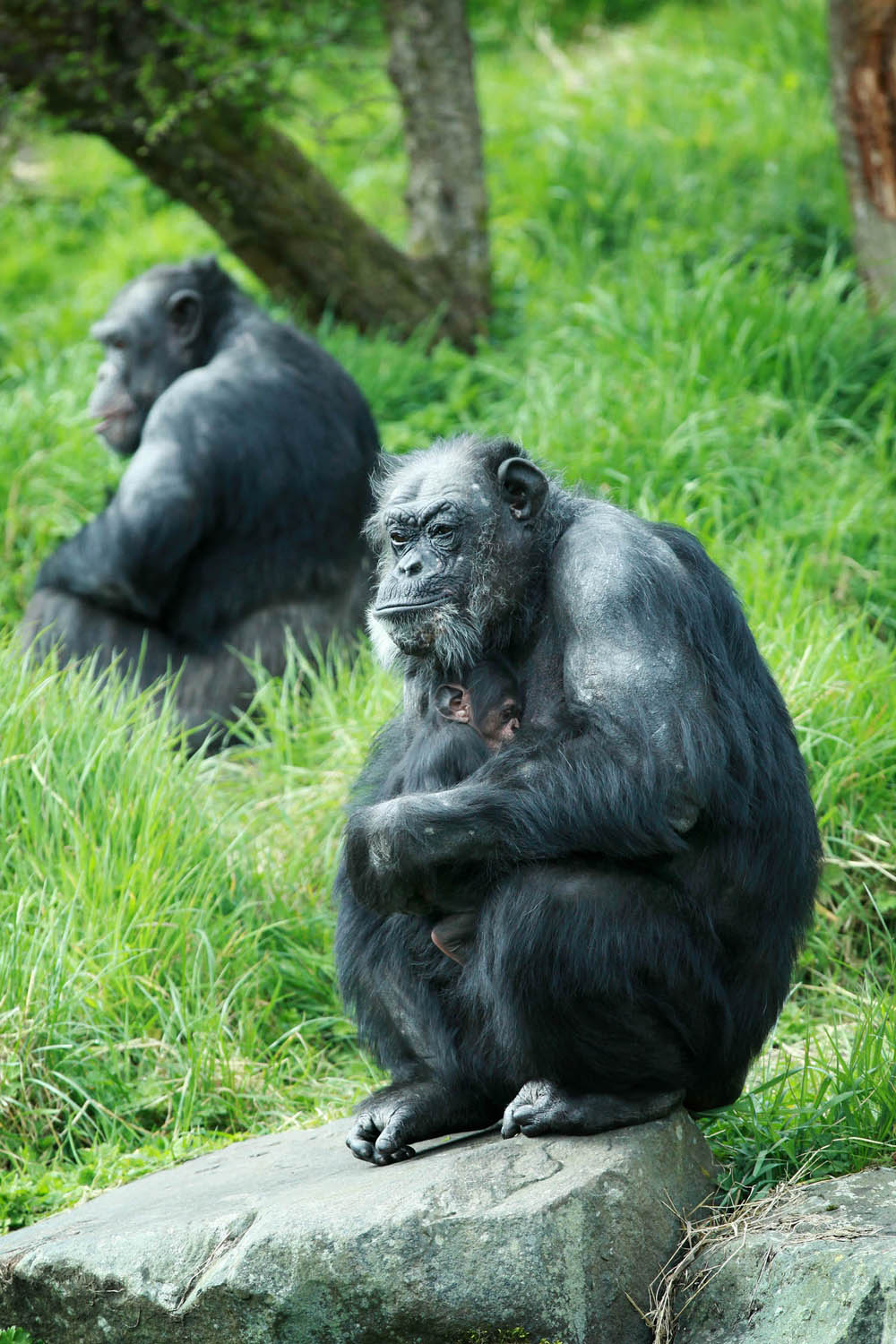
This little chimp, named Lucy, was quite a surprise for the Belfast Zoo. Mom Lizzie is 40 years old, relatively old for a chimp to have a baby. The zoo was thrilled with the new addition though, especially because chimpanzees are at risk in the wild from deforestation, hunting and other factors. Little Lucy was born on March 17.
April Japanese macaques
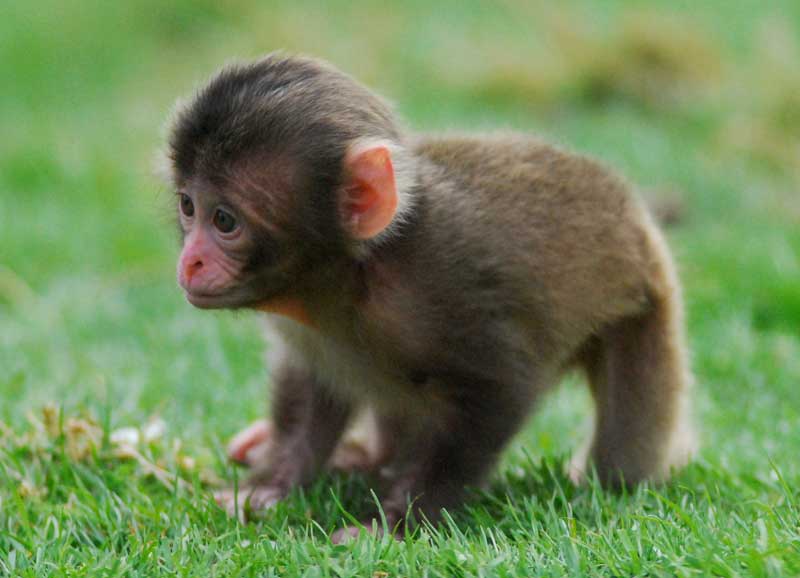
Between April 21 and 25, the Highland Wildlife Park in Scotland had a baby monkey boom. Three little Japanese macaques were born during that time, all to three different moms. The species, which are also called snow monkeys, are found throughout Japan, where the live in large groups in wooded areas. They have bright red faces and white fur that make them easy to recognize.
May European bison
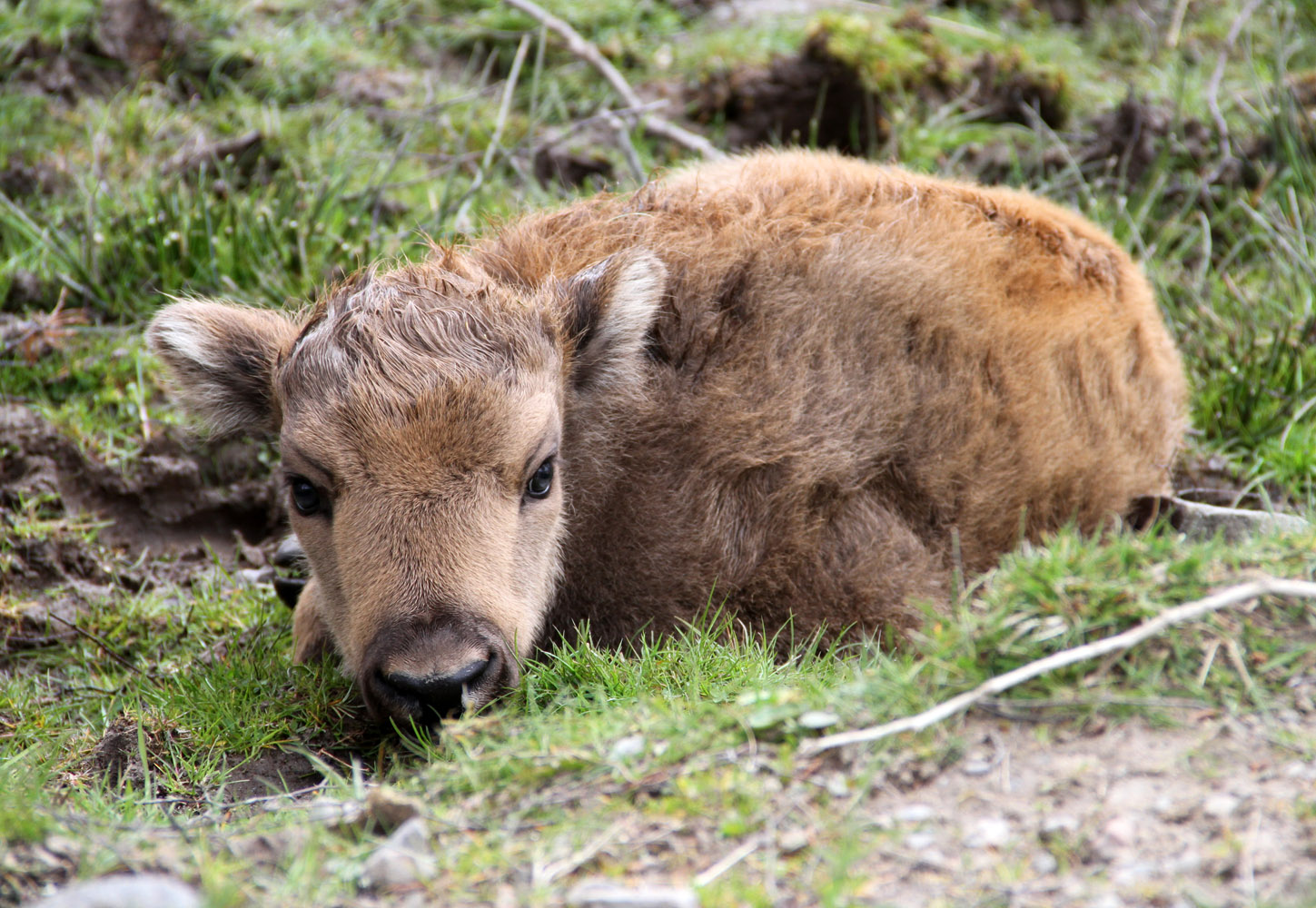
On May Day (May 1), a new bison calf joined the herd at the Highland Wildlife Park. The European bison is the largest land animal in Europe, but is considered vulnerable by the IUCN Red List of Threatened Species. The park has a tradition of naming newborn bison after Scottish glens, so the new addition was given the name of Glen Garry.
June Giraffe calf
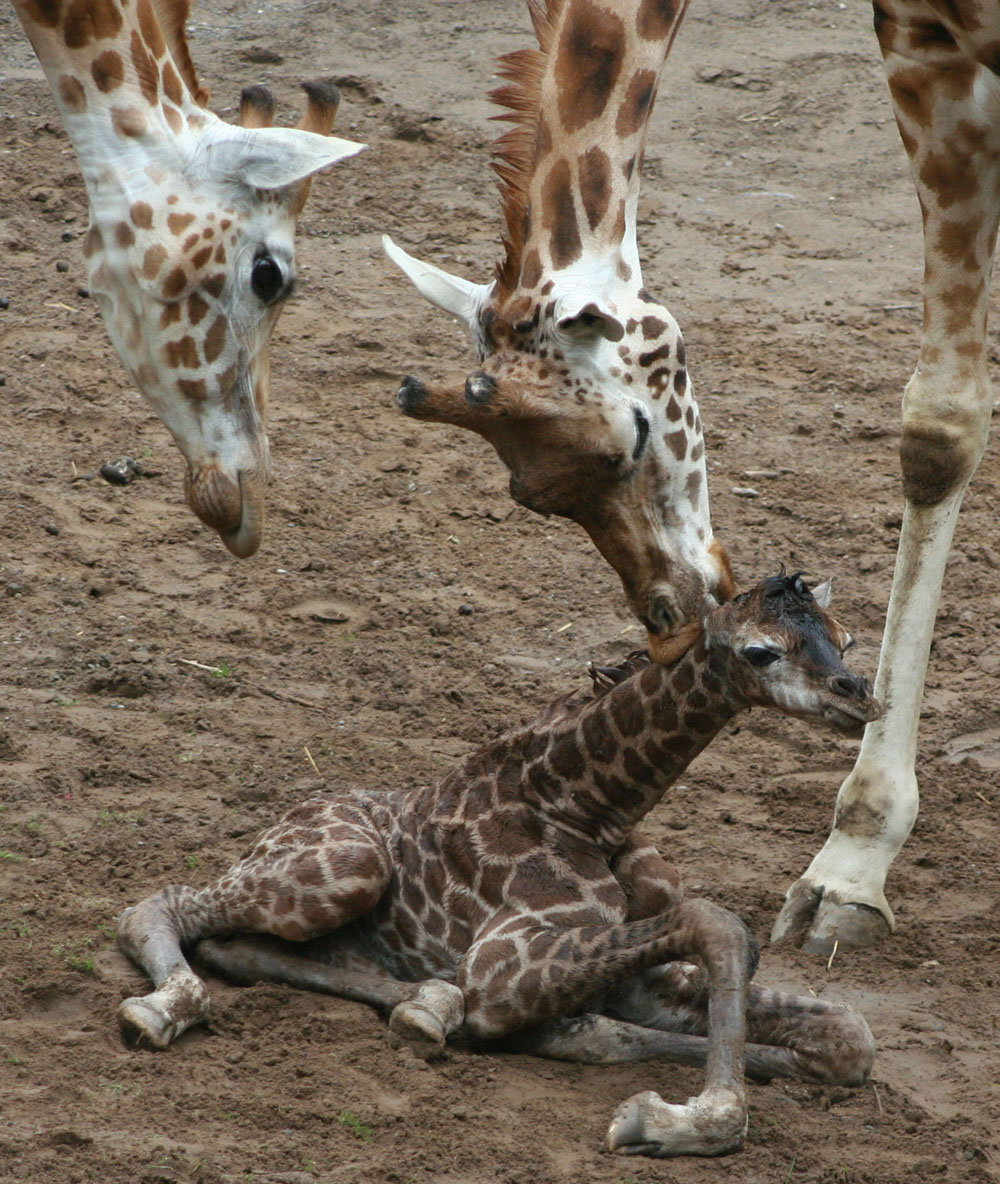
That's one big baby! The female giraffe calf, named Ballyeve, was born at the Belfast Zoo on June 13. Giraffe calves are already about 6 feet (1.8 meters) tall at birth, and can grow up to an inch a day. Ballyeve is a Rothschild's giraffe.
Sign up for the Live Science daily newsletter now
Get the world’s most fascinating discoveries delivered straight to your inbox.
July Giant panda cub

The birth of a giant panda cub is always a big event. The species is endangered and is difficult to breed, which is important to maintaining its genetic diversity. The San Diego Zoo welcomed their sixth panda cub on July 29. Like all panda cubs, it was a tiny, squawking, pink-skinned creature when first born, but it gradually grew bigger and stronger and gained its iconic black-and-white fur. In this photo taken during the cub's seventh exam on Oct. 4 it had just completely opened its eyes. Once the little male cub hit 100 days old, in keeping with Chinese tradition, it was named Xiao Liwu, which means "little gift."
August Elephant calf
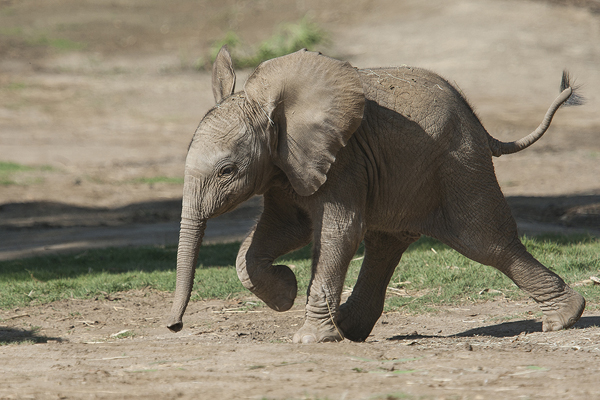
Qinisa the elephant calf, whose name means "to act with energy" in the Siswati language, has lived up to her moniker. The San Diego Zoo Safari Park noted that she was developing faster than any of the other 12 calves born to their herd when she was just one month old. The bundle of energy was sucking water up with her trunk and using it to pick up stick and other objects by just one week old. Qinisa and the rest of her herd are African elephants.
September Porcupettes
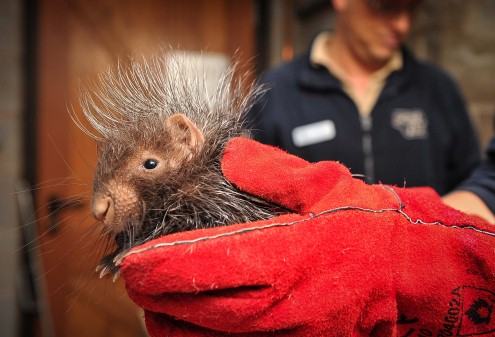
No, that's not a Mohawk that porcupette (the term for a baby porcupine) is sporting, it's just the way its species looks. Noko the porcupette, along with sibling Stempu, is an African Crested Porcupines. Porcupettes are born without the sharp quills their parents sport; instead, their quills are soft and bendy, though they will harden after several days. Noko and Stempu were born on Sept. 1 and Sept. 4 at England's Chester Zoo.
October Warty piglets
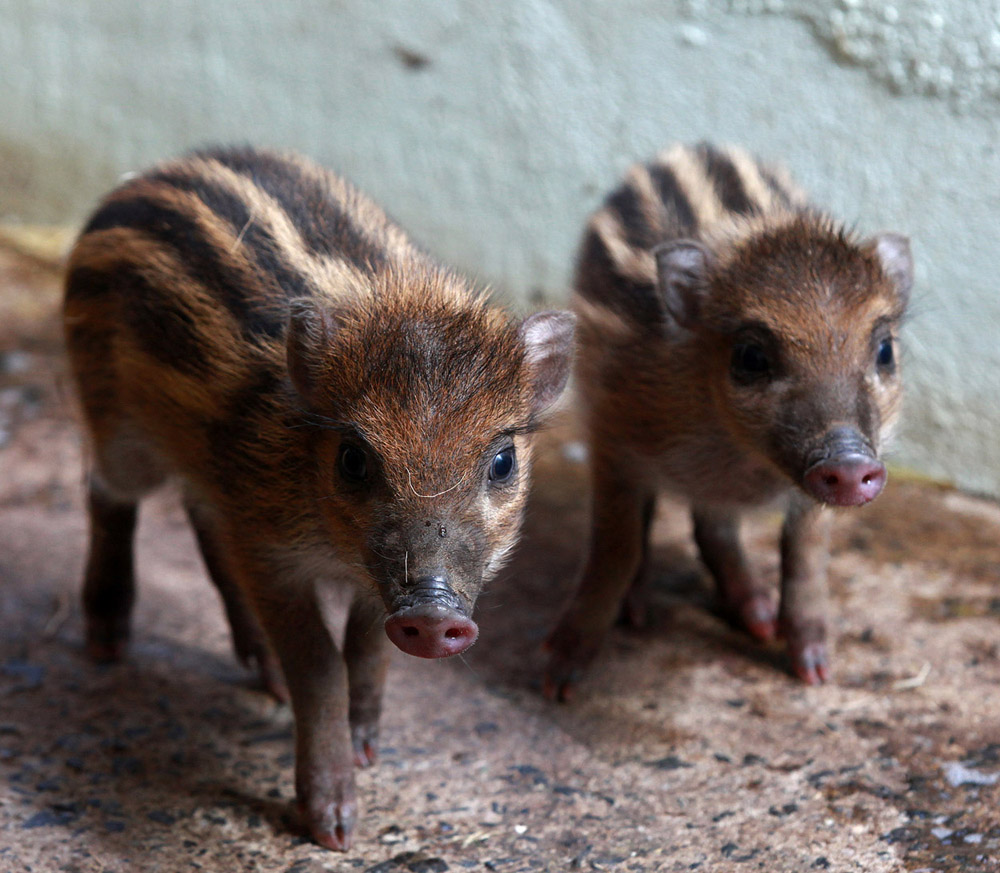
These wee little piggies were born at the Belfast Zoo on Oct. 13. When they are born, Visayan warty pigs, the most endangered of the wild pig species, are brown and striped. The pigs were once native to the Philippines, though they are now critically endangered.

Andrea Thompson is an associate editor at Scientific American, where she covers sustainability, energy and the environment. Prior to that, she was a senior writer covering climate science at Climate Central and a reporter and editor at Live Science, where she primarily covered Earth science and the environment. She holds a graduate degree in science health and environmental reporting from New York University, as well as a bachelor of science and and masters of science in atmospheric chemistry from the Georgia Institute of Technology.










